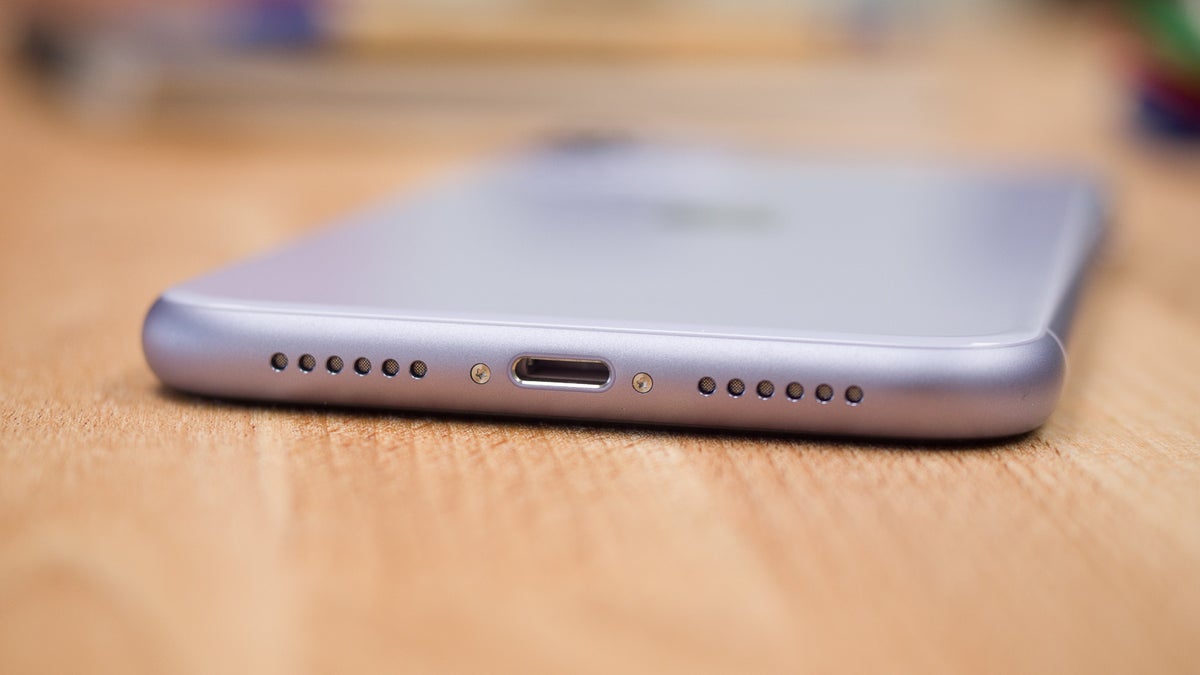Apple might finally ditch the Lightning connector... But not because it wants to

UPDATE: As pointed out by The Verge, it appears the European Union's intentions have been misunderstood. Although the political union has previously encouraged the adoption of a universal port on smartphones, its latest efforts focus on the charger itself.
###
The European Union says multiple ports are unnecessary
European lawmakers today debated (via MacRumors) whether all smartphones and tablets, in addition to other portable devices, should have a standardized port to reduce waste and increase convenience. The European Union already encourages tech companies to do so but believes efforts have so far fallen “short.”
As such, some members of the European Parliament are now looking to pass a law that’d force companies to commit to one port in the region. The proposed options include the legacy micro-USB port, Apple’s proprietary Lightning connector, and the much more common USB-C.

One of Apple's USB-C power brick
In a response to the idea last year, Apple argued that forcing all smartphones to have the same port would “freeze innovation.” It also argued that, because more than 1 billion Apple devices have shipped using Lightning, it’d result in an “unprecedented volume of electronic waste” that’d be bad for the environment.
Apple already uses USB-C on some products
Despite its apparent reluctance to adopt USB-C on the newest iPhone models, Apple isn't totally against the popular port. In fact, it already uses the common connector on several important products and even some of its accessories.
The most obvious examples are the 11-inch IPad Pro and 12.9-inch iPad Pro models, which launched simultaneously back in October 2018 and will be updated in March. These tablets target more professional users, much like Apple's MacBook laptops, which also feature USB-C ports.
The Silicon Valley-based company has also added the port to many of its newest fast chargers, including the 18W power brick that ships with the iPhone 11 Pro series. However, there's also an extensive range of products that skip USB-C.

The 11-inch iPad Pro
The entire iPhone lineup is the most obvious example, although the iPad and iPad Air in addition to the iPad Mini can be added to the list. Also included is the crappy 5W charger that ships with the iPhone 11 and previous models alongside the AirPods and AirPods Pro wireless earphones that Apple offers.
Follow us on Google News















Things that are NOT allowed:
To help keep our community safe and free from spam, we apply temporary limits to newly created accounts: